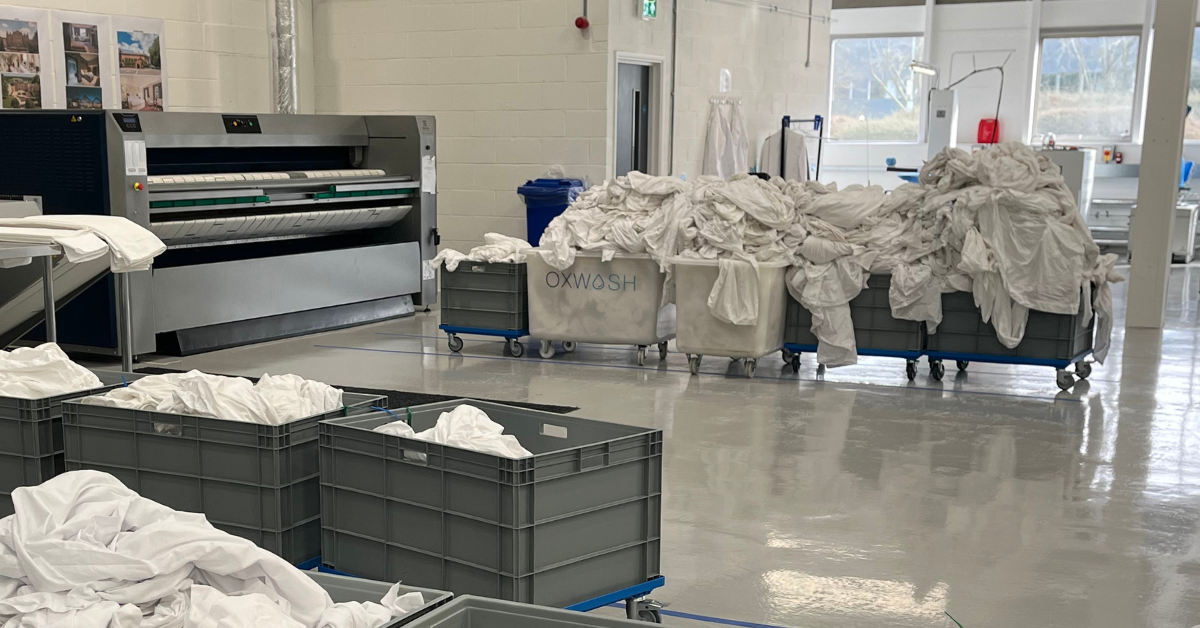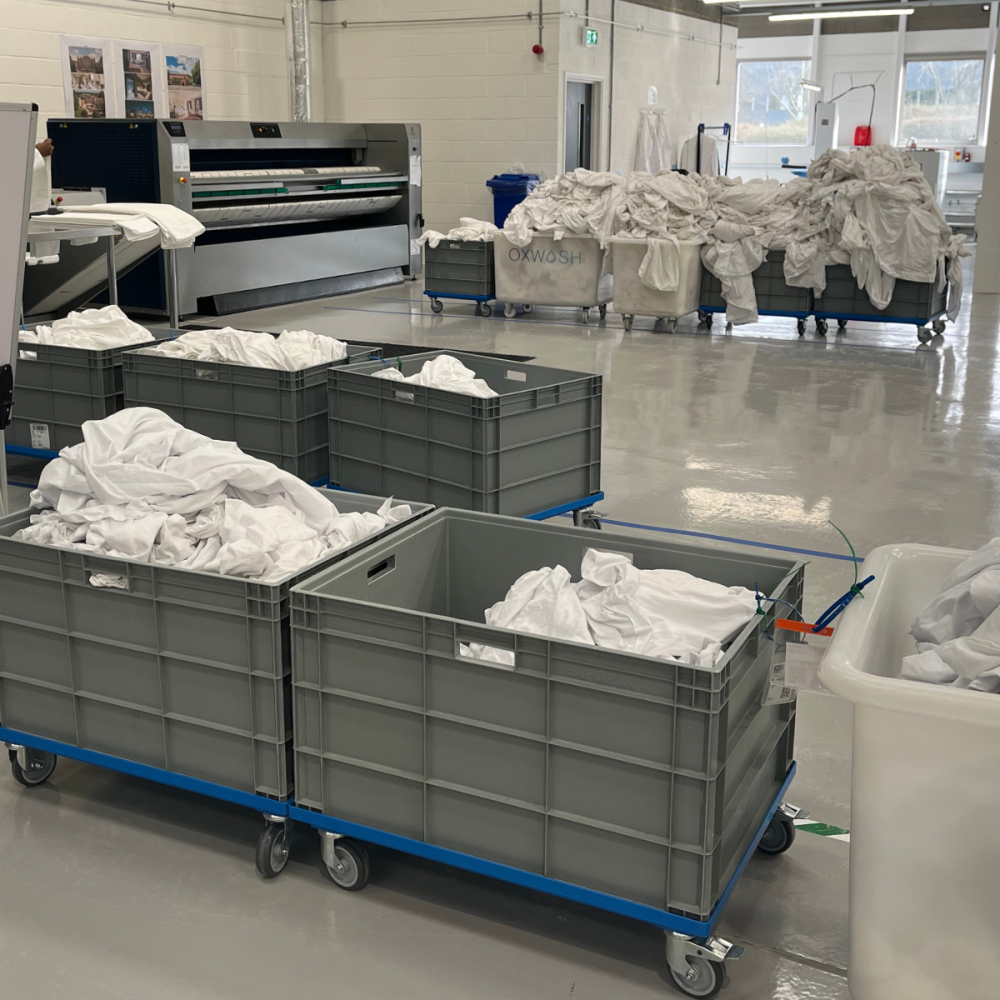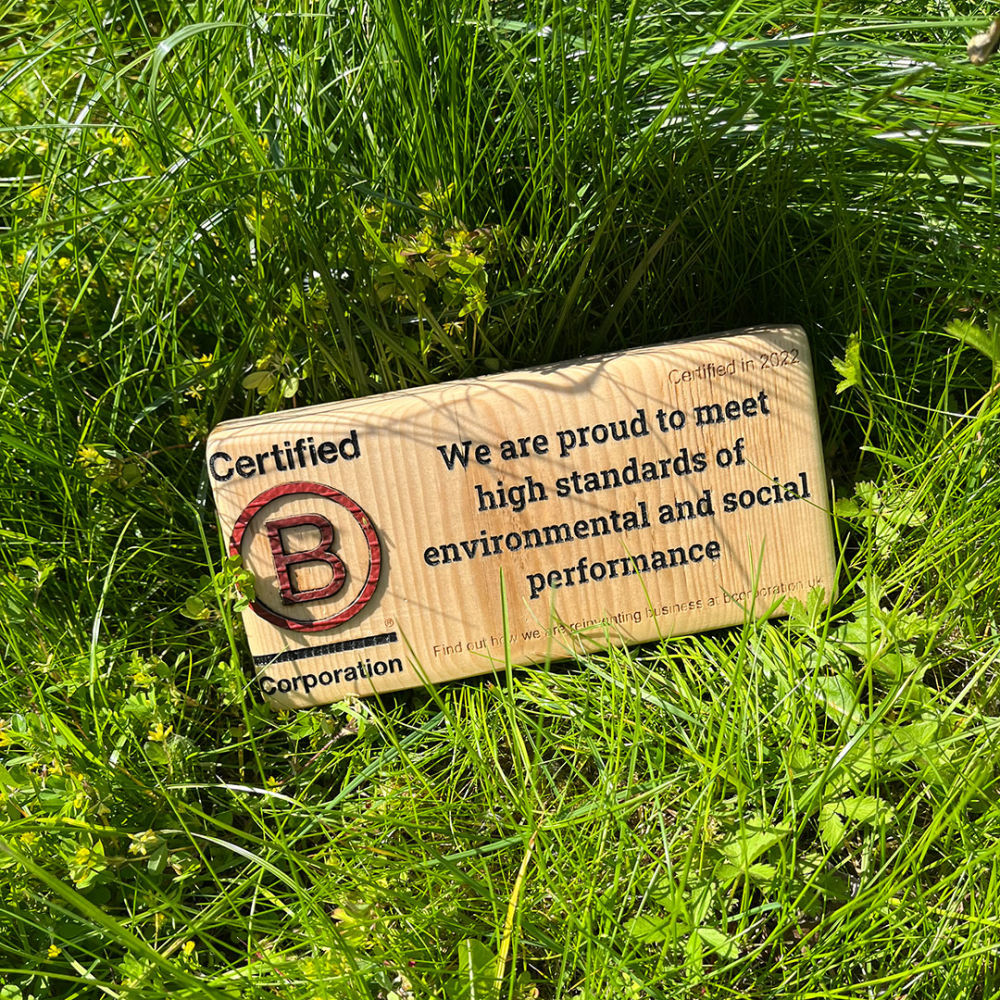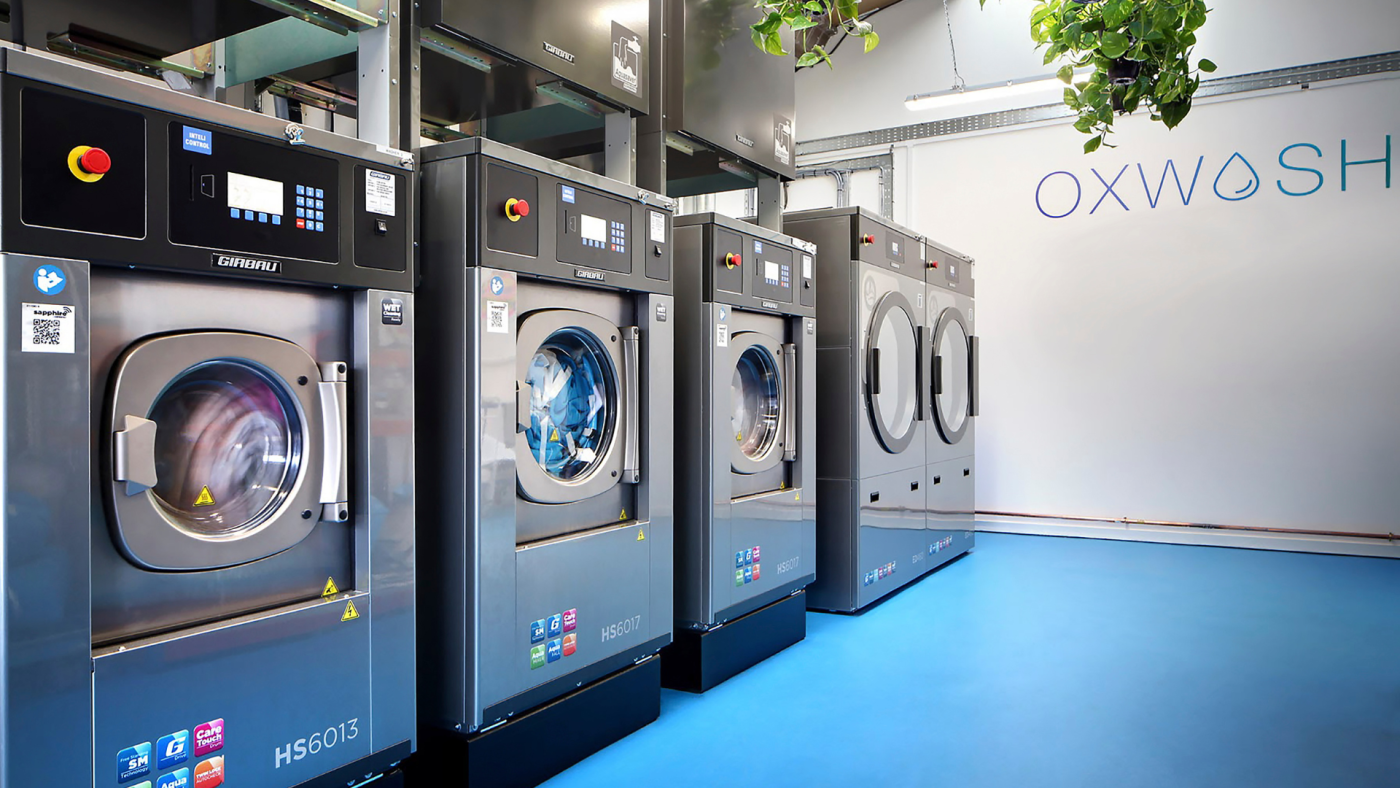How Businesses Can Reach Carbon Neutrality


Business & Insights
Sustainability
In an era where environmental sustainability is a pressing concern, businesses are increasingly recognising the importance of adopting more sustainable practices. One of the significant milestones in this journey is achieving carbon neutrality.
Carbon neutrality involves balancing the amount of greenhouse gases emitted with an equivalent amount offset or reduced. We’ll explore various strategies businesses can employ to reach carbon neutrality, with a spotlight on the transformative impact of our sustainable laundry services.
Understanding carbon neutrality
Before delving into strategies, it's crucial to understand the concept of carbon neutrality. This sustainability goal involves minimising carbon emissions and compensating for any remaining emissions through activities that remove or offset an equivalent amount of carbon from the atmosphere.
Conducting a carbon footprint assessment
The first step toward carbon neutrality is assessing your business's carbon footprint. Identify and quantify emissions from various sources, including energy consumption, transportation, and waste. This comprehensive assessment serves as a baseline for developing targeted reduction strategies.
Energy efficiency measures
Reducing energy consumption is a cornerstone of carbon neutrality. Businesses can embrace energy-efficient technologies, such as LED lighting and smart building systems, to minimise their carbon footprint. Transitioning to renewable energy sources, such as solar or wind power, is another impactful step toward achieving carbon neutrality.
Sustainable supply chain practices
Collaborate with suppliers who share a commitment to sustainability. Evaluate and optimise your supply chain to minimise transportation-related emissions, and consider sourcing materials from environmentally conscious providers. Implementing sustainable procurement policies contributes to the broader goal of carbon neutrality.
Carbon offset programs
Investing in carbon offset programs is an effective way to compensate for unavoidable emissions. Businesses can support projects that capture or reduce greenhouse gas emissions, such as reforestation initiatives, methane capture projects, or renewable energy ventures. These programs play a crucial role in achieving a balance between emissions and removal efforts.
Employee engagement and education
Foster a culture of sustainability within your organisation. Educate employees about the importance of carbon neutrality and involve them in identifying energy-saving measures. Encourage carbon-neutral practices, such as using public transportation or carpooling, and consider offering incentives for sustainable commuting.
Carbon capture technologies
Explore emerging carbon capture technologies that actively remove carbon dioxide from the atmosphere. Businesses can invest in or support research and development initiatives focused on advancing these technologies, contributing to a more sustainable future.
The Oxwash carbon-neutral journey
Oxwash was created to show that we can wash textiles without harming our environment and communities. It's a big task, but as engineers, scientists, and people dealing with climate change, we are committed to facing this challenge, here’s how we do it.
Our cleaning method
We're proud to be 50 times less carbon-intensive than the laundry industry average, emitting on average 0.12 kilos of CO2 equivalent per kilo washed compared to industry average of 1 kilo of CO2 equivalent per kilo washed. Our industrial facility, Big Blue I, operates without conventional boilers, exclusively using biogas derived from renewable agricultural sources. Through pioneering cold water technology, we have effectively eliminated emissions linked to heating water to high temperatures. On top of this, our transportation fleet comprises electric vans and eCargo bikes, all powered by 100% renewable sources, contributing to our commitment to sustainability.
In 2023, we conserved 6,940,102 litres of water compared to traditional laundries by implementing initiatives such as our water reclamation system. Our machines efficiently recover rinse water from the pre-wash, subsequently reducing energy consumption for the next load. Additionally, we employ ozone to sanitise the water, ensuring that hygiene standards are maintained while minimising the discharge of wastewater.
Our cleaning method uses water and biodegradable detergents, avoiding harmful chemicals found in regular dry cleaning. This not only makes textiles safer and longer-lasting but also helps the environment by avoiding the negative impacts of traditional dry cleaning.
Certified B Corporation®
In 2022, we became a Certified B Corporation®, joining a global community of over 4000 companies working to make businesses good for both people and the planet. We took more than a year to go through a tough evaluation to measure our overall impact on communities, customers, employees, and the environment. To be a B Corp™️, a company needs a minimum score of 80 points; we're happy to say we scored 94.8. We're proud to be part of a community of leaders making positive changes through teamwork and setting a good example.
Our journey as a B Corp™️ doesn't stop with this recognition. We want to keep getting better. We've integrated B Corp™️ principles and standards into everything we do, using the impact areas in the B Impact Assessment to guide our sustainability plans. You can learn more about our efforts in our B Corp Annual Statement 2022.
Embracing carbon neutrality for a sustainable future
Businesses play a pivotal role in the global effort to achieve carbon neutrality. By conducting thorough carbon footprint assessments, implementing energy-efficient measures, engaging employees, and supporting carbon offset programs, companies can make substantial strides toward a more sustainable future.
The laundry industry serves as an inspiring example, demonstrating how innovative practices, such as cold water washing, biodegradable detergents, water recycling systems, and sustainable facility design, can contribute to carbon neutrality. As businesses across various sectors embrace similar strategies, they not only reduce their environmental impact but also inspire positive change within their industries and beyond. The journey to carbon neutrality is a collective effort, and every step taken brings us closer to a more sustainable world.
Ready to reduce your impact?


Related Articles


B Corp™ certified.


Surpassing NHS-grade disinfection.













